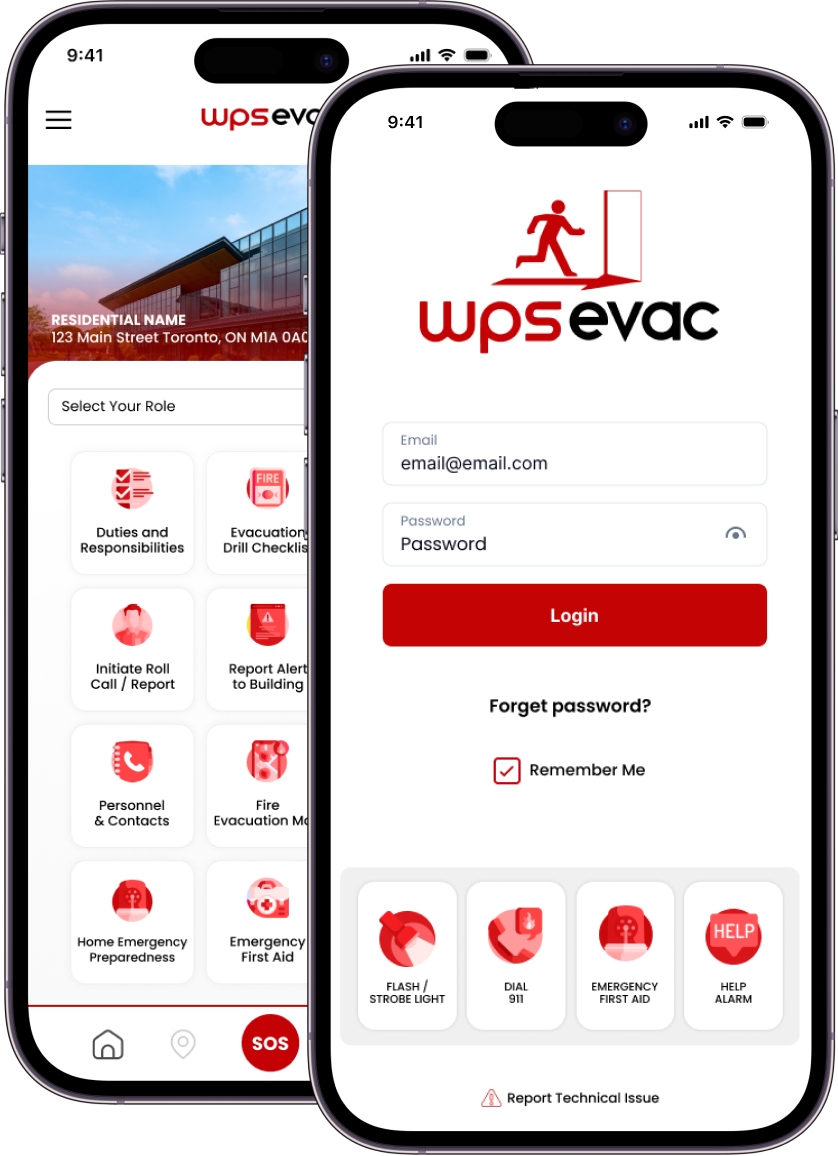In high-rise residential buildings, fire alarms are a critical component of safety systems. However, the frequent occurrence of nuisance alarms can lead to complacency among residents, causing them to ignore alarms and delay their response when other indications of a threat being real are absent. This article explores the dangers of such complacency and highlights the importance of additional indicators in ensuring timely evacuation.
The Problem of Nuisance Alarms
Nuisance alarms, or false alarms, are a common issue in large apartment buildings and condo high-rises. With dozens or hundreds of units, the likelihood of false alarms increases, leading residents to become desensitized to alarms and what they are supposed to mean. Over time, residents may start to assume that every alarm is a false alarm, which can have dangerous consequences when an alarm sounds and a real threat is present in the building.
The Impact of Complacency on Resident Life Safety
When residents become complacent, they are less likely to take immediate action when a fire alarm sounds. Instead of evacuating, they may continue their activities while they wait for additional cues to confirm that a threat is real and requires a response. This delay can be fatal, as fires can spread rapidly, and smoke inhalation can quickly become life-threatening.
For example, if there is a fire on the 5th floor of a 10 story building, the entire 5th floor and the stairways could fill with smoke only minutes after initial alarms sound in the building. If residents above the smoke don’t leave immediately, they can risk being caught above the danger, increasing their risk of injury or death while they wait above the fire or try to navigate their way through the smoke to safety.
The Need for Additional Indicators To Prompt Immediate Action
With nuisance alarms common, it isn’t uncommon that residents only respond to fire alarms when other indications of a fire or other emergency are present. These indicators can include:
Visual Cues: Seeing flames or smoke.
Auditory Cues: Hearing fire trucks or emergency announcements.
Olfactory Cues: Smelling smoke.
However, relying on these cues to take action can be risky, as they may not be immediately apparent or may not come soon enough. This is where technology and personalized touchpoints with residents can play a crucial role in saving lives.
Introducing the WPS Residential Evac App

The WPS Residential Evac App offers a solution to the problem of complacency with its eNotifire feature. This feature allows property managers to quickly send mass SMS broadcasts to building tenants, informing them that a threat is real and that they need to act immediately to stay safe. By providing clear and direct communication to a tenant’s mobile device, the eNotifire feature provides property managers with a simple but effective way to provide confirmation that a threat is real and residents should evacuate the building.
How eNotifire Enhances Safety
Immediate Alerts: Tenants receive real-time notifications on their mobile devices, reducing the time it takes for them to recognize a threat.
Clear Instructions: The messages can include specific instructions on what actions to take, such as using the stairs instead of elevators.
Reinforced Credibility: By providing real-time updates to tenants about what action they should take when they hear an alarm, incidents involving nuisance alarms can be reduced, which in turn can rebuild trust in the building’s alarm system.
In high-rise residential buildings, the complacency caused by nuisance alarms can have deadly consequences. By incorporating additional indicators and leveraging technology like the WPS Residential Evac App’s eNotifire feature, property managers can enhance the safety of their residents. Immediate and clear communication is key to ensuring that tenants respond promptly to fire alarms, ultimately saving lives.


